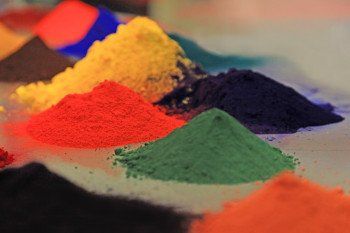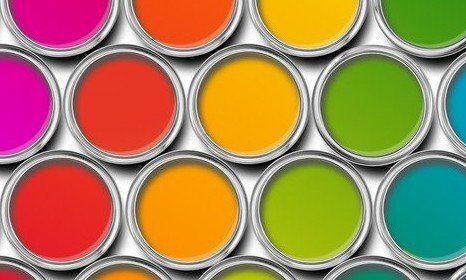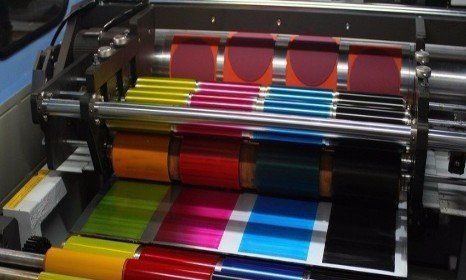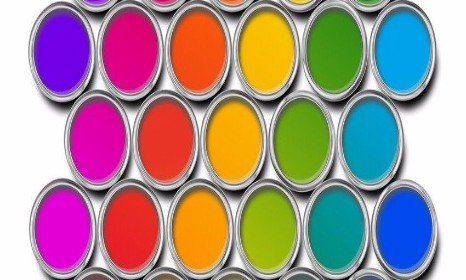10 Incredible Facts About Colour
- By Stephen Taylor
- •
- 05 Dec, 2017
- •
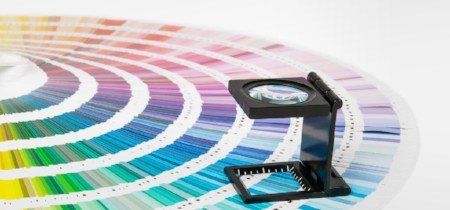
Colours are all around us, but unless you work in design job, you might not appreciate them on a day to day basis. However, there’s much more to colours than you think, and it’s amazing how they can affect our lives. Here are 10 incredible facts about colours that you might not know.
1. The human eye can see about 10 million colours
Most people can see about 10 million colours, including 1000 levels of light-dark, 100 levels of yellow-blue, and another 100 levels of red-green. However, when choosing colours for printing, it’s worth remembering that everyone sees colours differently, and they change in different lights, meaning that technically, there are infinite colours.
2. Sir Isaac Newton invented the colour wheel
When he wasn’t busy discovering gravity, Sir Isaac Newton invented the first basic colour wheel, which shows the relationship between primary, secondary, and tertiary colours. Often still used when creating pigment dispersions, or in the design industries, the colour wheel is a useful tool to understanding colours and how they work together.
3. Colours can change your mood
The colour you use in a room can really change your mood. While some colours are subjective, it’s generally understood that colours that have strong effects include:
· Blue – can be relaxing and calming, so is great for around the home
· Green – one of the easiest colours on the eyes, it’s often used in offices
· Grey – tends to make people feel drained and low energy, so should be used sparingly
· Red – associated with excitement, it’s a great colour for inspiring people
4. Women can see more shades of red
The gene responsible for letting us see red colours is found on the X chromosome, and since women have two X chromosomes, they can see a lot more orange-red tones than men. So, if you’re choosing inks to be used in products for men, bear in mind that they can often only see light, medium, or dark reds, while women can see ruby, scarlet, and many shades in-between.
5. But men and women do dislike similar colours
When quizzed about their least favourite colours, men and women gave similar answers, with orange, brown, and yellow at the bottom of the charts.
6. Colours mean different things around the world
In the western world, a bride might slip into a white dress, while in China, the colour red is seen as lucky, so is more likely to be used for a wedding dress. If you’re ever invited to a Buddhist funeral, white is seen as the traditional mourning colour, while at Muslim funerals you’ll often see people in darker tones, but not necessarily black.
7. Synaesthesia allows people to see letters and numbers as colours
A rare sensory condition known as synaesthesia means that certain people see numbers, letters, or even days of the week, as colours.
8. Some people are afraid of certain colours
The condition chromophobia means a fear or aversion to certain colours. Sufferers can find certain colours upsetting, with erythrophobia, a fear of red, the most common form of the condition.
9. Yellow can make us feel hungry
Ever wonder why fast food chains use bright primary colours? Studies have shown that yellow can stimulate our appetite, which means it’s a great colour for restaurants. If you are opening a restaurant, blue is the main colour to avoid, as it can have the opposite effect.
10. Blue is most people’s favourite colour
42% of men and 30% of women voted blue as their favourite colour, meaning it’s the world’s most popular colour, and a safe choice if you’re creating a product or painting your home.
At Centre Colours, we create endless colour pigments for printing, paint, and coatings. Based at Units 5 & 6, Bypass Park Estate, Sherburn-in-Elmet, Leeds, LS25 6EP, simply call 01977 685 458 or contact us online to find out more.





